LCD Displays
Prolific digital signage in any scenario in almost every market
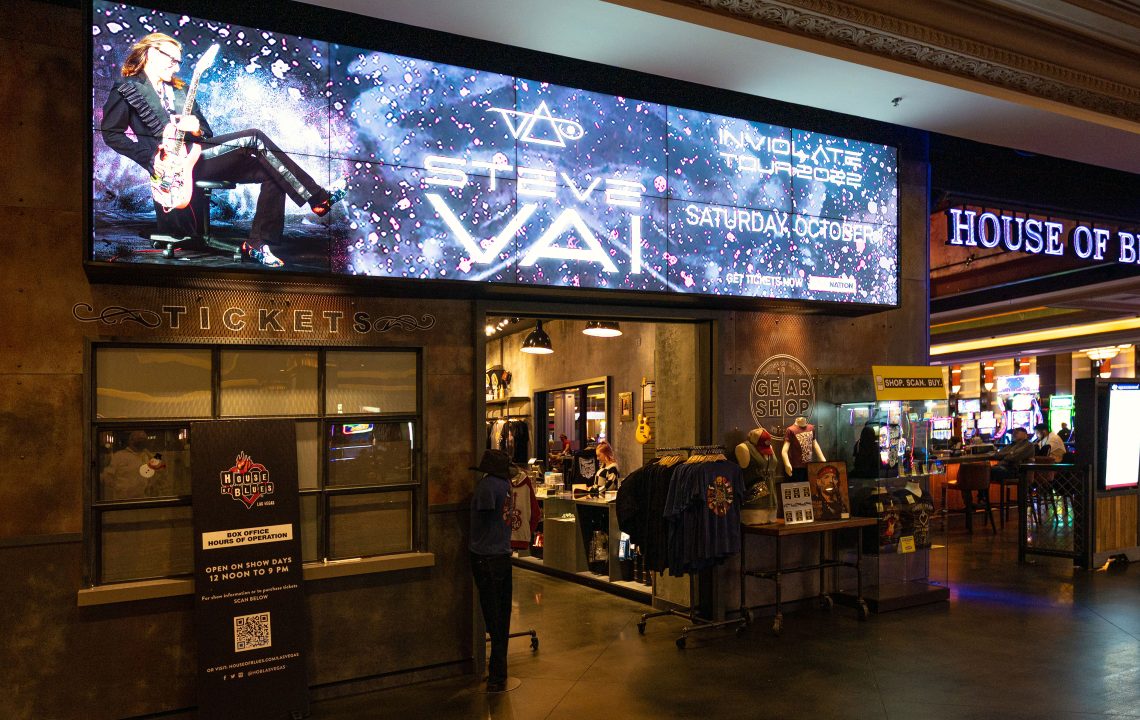




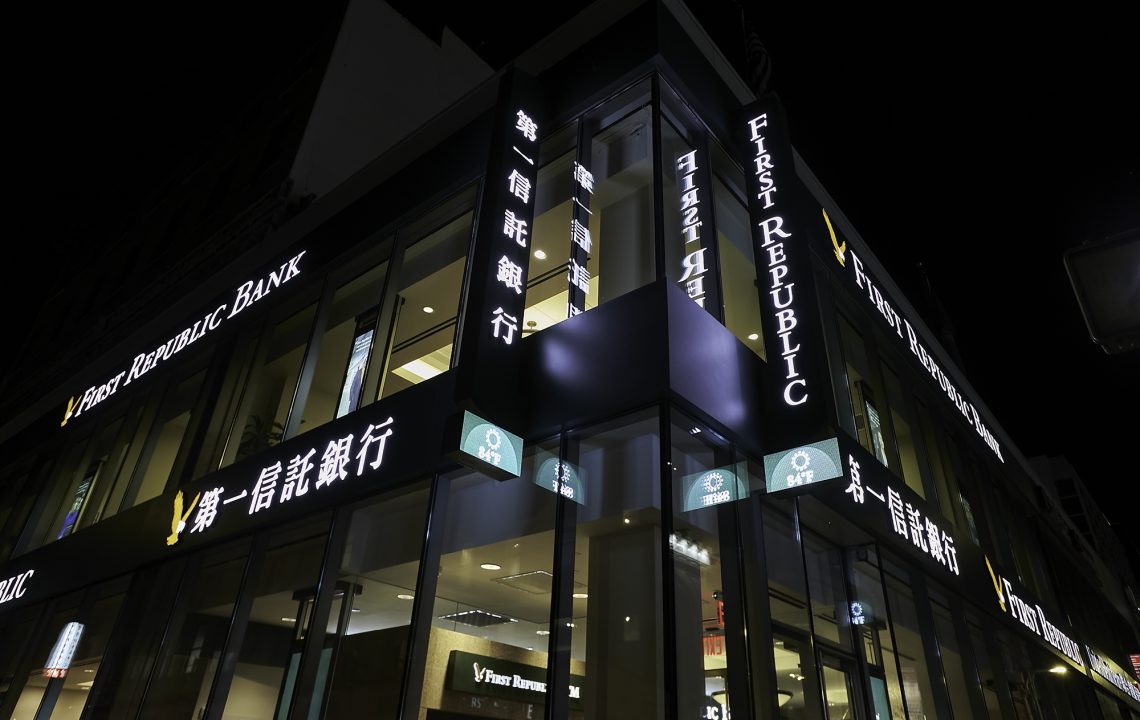

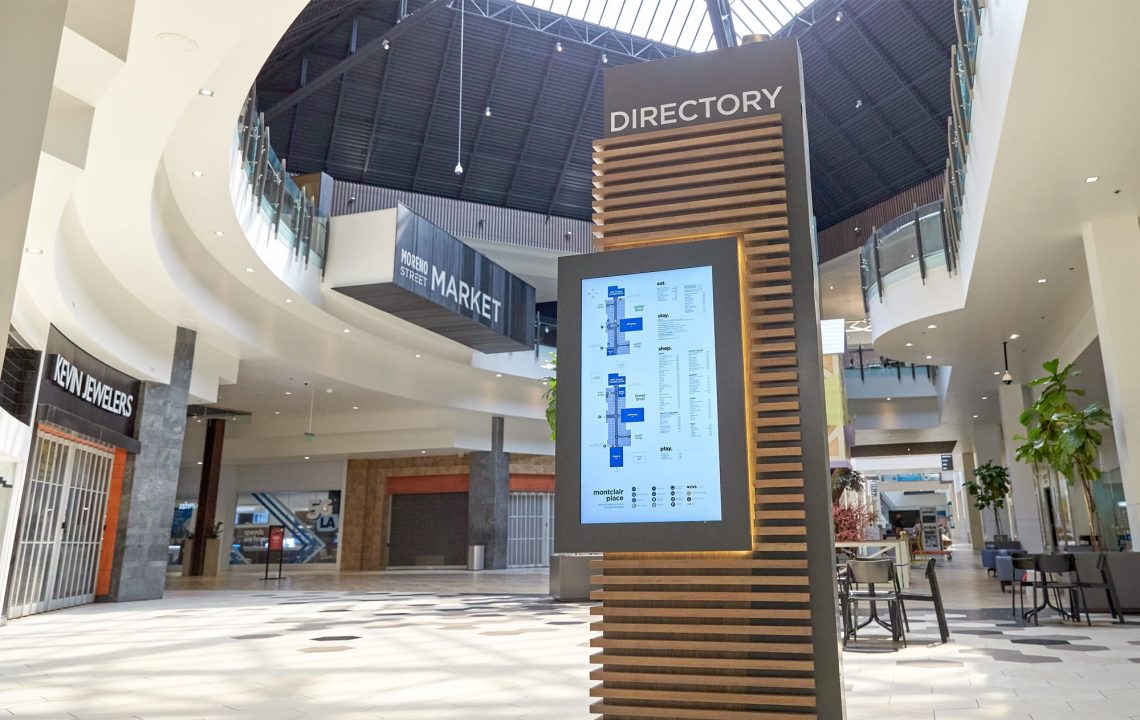
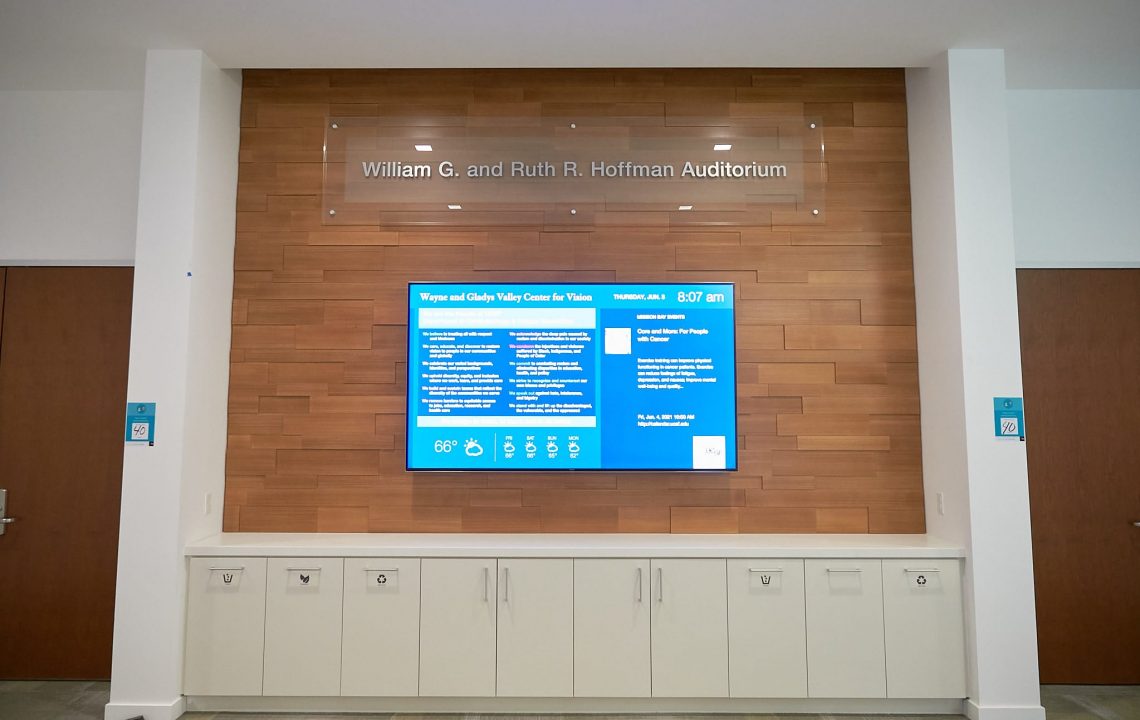


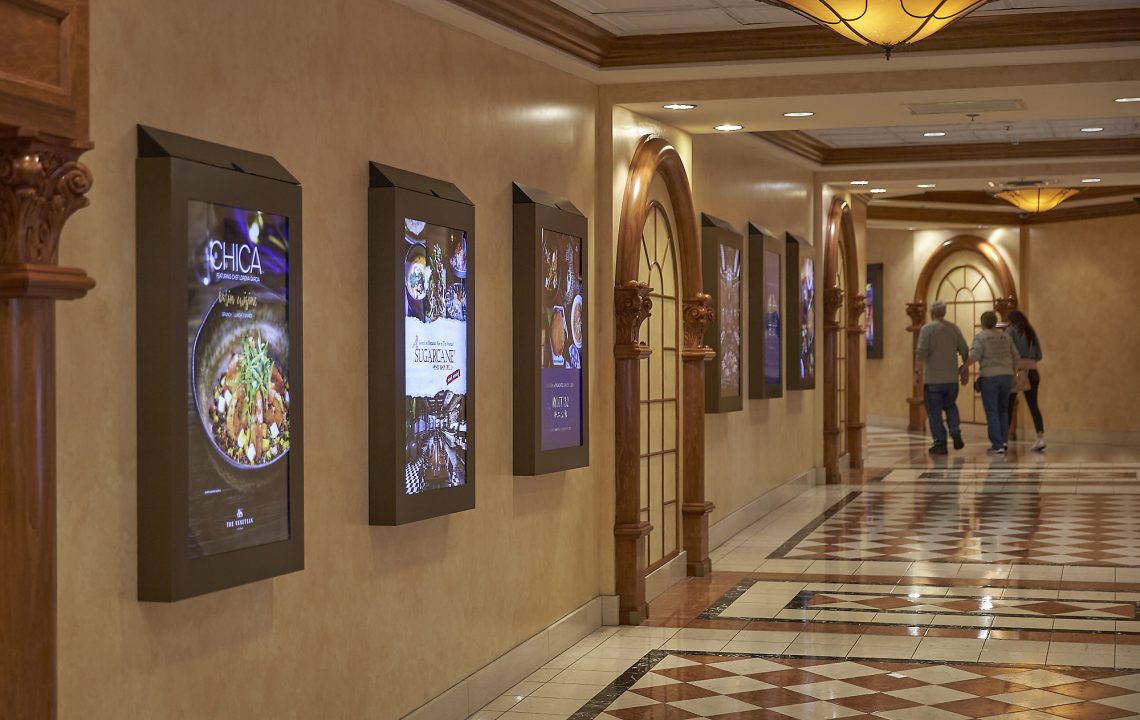
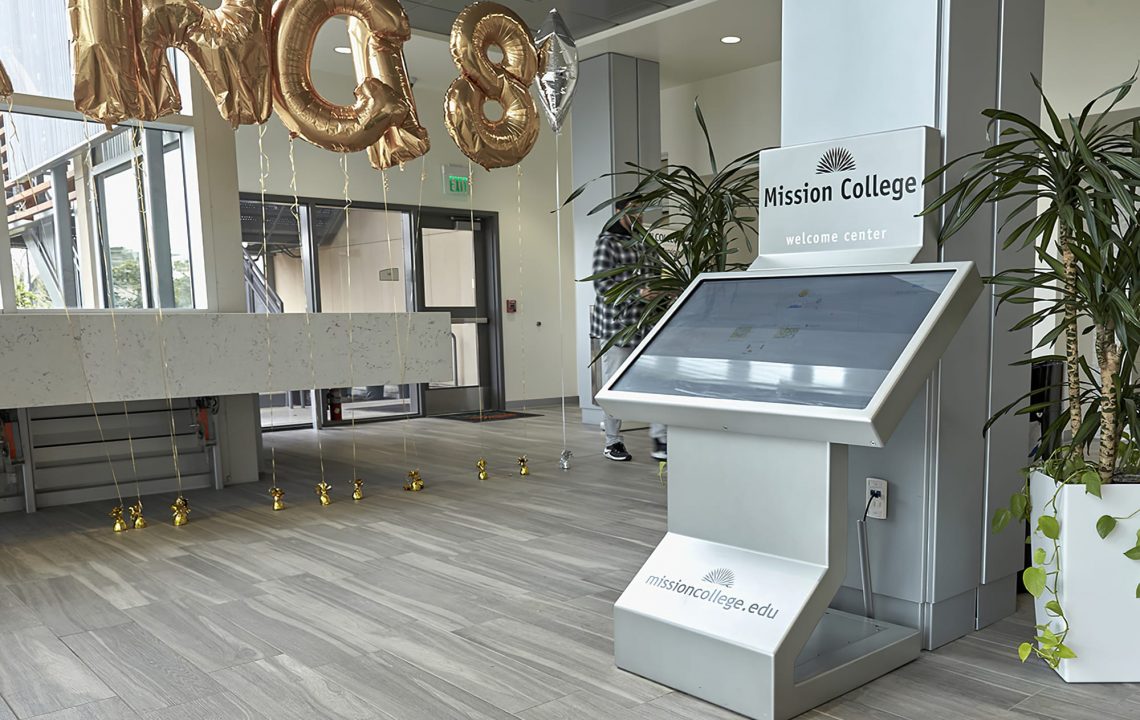
What is an LCD Display and Why Do I Need One?
An LCD display is a flat panel screen that uses the light-modulating properties of liquid crystals combined with polarizers to produce full color images. Liquid crystals do not emit light directly, but instead use a backlight or reflector to produce a picture. LCD digital signs (displays) are not TVs. LCD digital signs are specially designed electronics that are intended for 24/7/365 operation and installed in environments in which conditions constantly change. Because LCD digital signage supports digital content such as full motion video, alternating still images, dynamic/data-driven messaging, and interactive touch screen applications, viewers are more stimulated and engaged by them. Because they are so versatile, they can be used in almost any environment, market, or application scenario – indoor or outdoor. Whether used for marketing, advertising, point-of-sale purchasing, instruction, conferencing, promotion, or command & control – LCD screens have improved the way we communicate and get things done.
Why choose this sign type over another and under what circumstances?
- Increased exposure: With LCD digital signs placed in high-traffic areas, you have a virtually unlimited audience. You can show more messages more often, and choose when and where they display, which increases message saturation.
- Increased engagement, recall and retention rates: Because it’s so visual, LCD digital signage really increases engagement.
- Improved customer experience: Providing ready access to FAQs and general info on screens helps both employees and customers save time. LCD digital signs can double as an entertainment medium, featuring video and TV streams, or interactive games. You can turn your screens into a revenue generator by encouraging point of sale purchases and impulse buys.
- Increased employee motivation and retention: You can engage teams and build community with timely messages on LCD digital signs. Keep everyone in the loop with KPIs and data visualizations, and recognize individual and team achievements.
- Better digital connectivity: LCD digital signage widgets can pull in data for your screens from a number of business systems that you’re already using, like SharePoint, Excel and calendaring systems, so all your workflows are simplified and unified. You can also show external feeds like weather, news, social media, webpages and RSS feeds to add popular topics to your digital signs. And the best thing is that all of these are automated and update in real time without any work on your part.
- Cohesive branding: A central content manager powers all your communications for any number of signs in any number locations – part of a building, a whole building, several buildings on a campus, or many buildings in different cities and even countries. Maintain a cohesive brand by matching your LCD screen designs with websites, social networks and any print materials you still use.
- Lower creative costs: LCD digital signage systems let you easily import content like videos and PowerPoint slides, or point to a folder on your network to pull in media files. Templates and automated content mean anyone can create good-looking messages.
- More accurate targeting: A centralized system distributes content to any screen or set of screens, so you can have multiple channels for different audiences managed from a single desktop. Scheduling lets you drill down to different days of the week and times of day to show content matched to viewer demographics, traffic patterns and preferences. Dedicated playlists let you localize content, so everything shown is relevant to the audience in front of that screen.
- Interactivity: By adding interactivity, with either touch or a voice user interface, your LCD digital signs can deliver a richer viewer experience. Self-service kiosks allow people to discover information on their own and navigate to what’s most important to them. Touchscreens also allow you to offer a vast number of options on a single screen, like interactive wayfinding, directories and menu boards, just to name a few. Interactive screens also free up your staff for more personalized service.
- Lower operating and environmental costs: By replacing print communications with LCD digital signs, you’ll save the associated expense and waste of materials and labor. Digital signage system is a one-time cost, whereas print materials are an ongoing and increasing revenue drain.
- More versatility and scalability: LCD digital signage is much more versatile than other communications mediums because you can show literally hundreds of content types, all centrally managed. Messages can be updated easily and frequently, so screens are always accurate.
- Increased safety: Show workplace safety reminders and tips, number of days without incident, and encourage regular training on screens placed throughout your facility. You can also use LCD digital signs as part of your emergency alert system, triggering messages that override playlists to show alerts and instructions on screens.
Advantages of LCD Displays:
- Bright and sharp images with good color reproduction
- High refresh rates produce flicker-free Images
- Long lifespan and less environmental impact
- Wide viewing angle
- Low power consumption
Disadvantages LCD Displays:
- LCD displays are limited to standard video resolutions and formats
- LCD displays are limited to flat, rectangular shapes
- LCD displays are limited in physical size
- LCD displays are typically not as bright as LED display technologies
- LCD displays typically do not have as much contrast or color gamut as LED display technologies
- LCD displays typically do not have as long of a life-cycle as LED display technologies
Different Types of LCD Displays
- Outdoor LCD displays: Outdoor LCD screens are specially designed to withstand the elements and to produce images with high brightness and contrast so as to compete against direct sunlight. Application include drive-thru menus, bus terminals, wayfinding kiosks, on-premise directional screens, outdoor advertising, etc. Increased durability, brightness, and performance required by outdoor LCD screens increase cost. Therefore, outdoor LCD displays are typically more expensive than indoor models. Since they are viewed from further away, they generally are lower in resolution as well.
- Indoor LCD displays: Indoor LCD displays are typically smaller than outdoor and widely used at houses of worship, offices, conference halls, restaurants, malls, retail outlets, and almost any other place of business. Because they are viewed close-up, they are generally higher in resolution than outdoor LCD screens. Because they are so versatile and cost effective, indoor LCD screens are a very popular form of digital signage.
- LCD video walls: LCD video walls are made up of several individual LCD screens arrayed in a grid. Video wall LCD screens are specially designed with ultra-thin bezels so that edges where individual screens join are less visible. If overall screen resolution and the highest total number of pixels per screen area is your main objective, then LCD video walls are still the most cost effective solution for large indoor digital signs. LCD video walls attract attention from across the room, and still provide enough image detail to appreciate close up.
- Interactive LCD displays: Interactive input, such as touchscreens, control buttons, or audio interfaces can be added to LCD displays to make them become digital “smart signs”. Interactive LCD displays are effective at keeping customers engaged because they allow users to manipulate content according to their preference. They can also be used to collect data from customers that can be used to target advertising, improve marketing, or other useful purposes.
How Ad Art Does LCD Displays
Ad Art is all about value. We strive to be cost effective in everything we do so that every penny spent will bring optimal return on investment. Ad Art is known for creativity and innovation that helps set each customer’s sign apart from “ordinary” static signage. Quality, durability, and reliability are hallmarks of our products, which drives us to take pride in our work. We look good when our customers look good.

LCD Displays from Ad Art Electronics
Ad Art Electronics focuses on digital sign grade LCD screens designed for high performance, 24/7 operation. Large display networks and video walls are our specialty.





